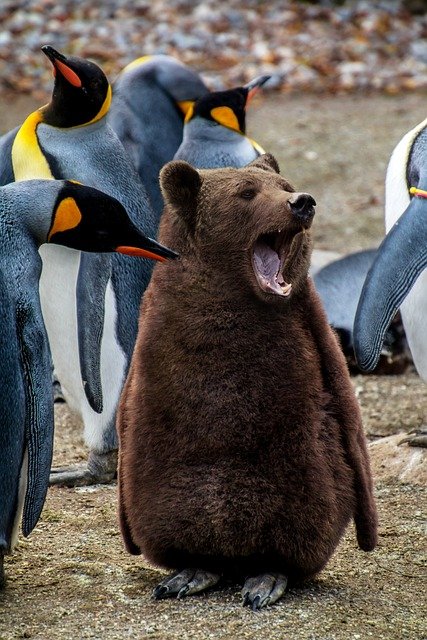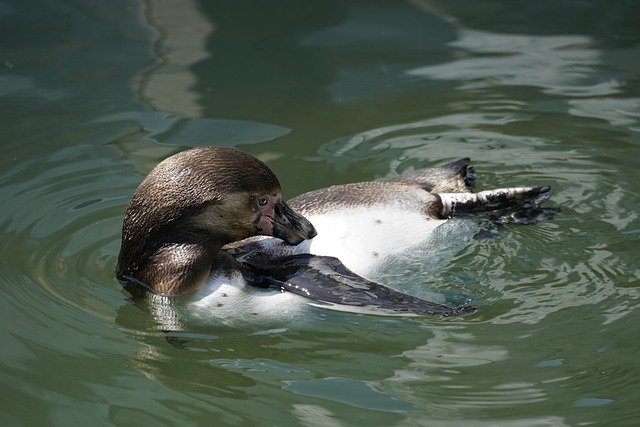**Title: "The Social Lives of Penguins: Understanding Their Complex Communication and Behavior"** In this

The Social Lives of Penguins: Understanding Their Complex Communication and Behavior
Penguins, often seen waddling across icy landscapes or diving gracefully into the ocean, are fascinating creatures with rich social lives. Their complex communication and behavior patterns reveal much about their adaptability and survival in harsh environments. In this post, we will explore the social dynamics of penguin colonies, the intricacies of their communication, and the implications for their conservation.
Social Structure of Penguin Colonies
Penguins are highly social birds that thrive in colonies, which can number in the thousands. The social structure within these colonies is intricate, with various roles and relationships that contribute to the overall health of the group.
Hierarchical Relationships
Within a colony, penguins establish a hierarchy based on factors such as age, experience, and breeding success. Dominant individuals often have better access to resources, such as prime nesting sites and food. Understanding these hierarchical relationships is crucial for researchers studying penguin behavior, as it can impact breeding success and survival rates.
Cooperative Breeding
Many penguin species engage in cooperative breeding, where individuals other than the biological parents help care for the chicks. This behavior not only enhances the survival of the young but also strengthens social bonds within the colony. Such cooperation can be particularly beneficial in harsh environments where resources are limited.
Communication: More Than Just Sounds
Penguins have developed a variety of communication methods to convey information and maintain social bonds. Their communication is not limited to vocalizations; it also includes body language, visual displays, and even chemical signals.
Vocalizations
Each penguin species has its unique set of vocalizations, which can include braying, trumpeting, and whistling. These calls serve various purposes, such as attracting mates, signaling alarm, or reinforcing social bonds. For example, during the breeding season, male penguins often engage in elaborate vocal displays to attract females.
Body Language and Displays
In addition to vocalizations, penguins use body language to communicate. Display behaviors, such as bowing, flapping their wings, and preening, can convey messages about readiness to mate, aggression, or submission. Observing these behaviors helps researchers understand the social dynamics within a colony.
Implications for Conservation
Understanding the social lives of penguins is crucial for their conservation. As climate change and human activities threaten their habitats, recognizing the importance of social structures and communication can inform conservation strategies.
Habitat Protection
Protecting breeding colonies and ensuring access to feeding grounds are vital for the survival of penguin populations. Conservation efforts that consider the social dynamics of penguins can lead to more effective management practices.
Research and Monitoring
Ongoing research into penguin behavior and communication can provide insights into how these birds adapt to changing environments. Monitoring their social interactions can also serve as an indicator of ecosystem health, allowing for timely conservation interventions.
Conclusion
The social lives of penguins are a testament to their resilience and adaptability. By understanding their complex communication and behavior, we can better appreciate these remarkable birds and the challenges they face in a rapidly changing world. As we continue to study and protect penguin populations, we not only ensure their survival but also the health of the ecosystems they inhabit.
For more information on penguin behavior and conservation efforts, check out the latest research and resources from wildlife organizations dedicated to protecting these incredible birds!

Upvoted! Thank you for supporting witness @jswit.